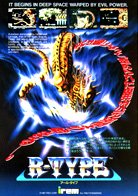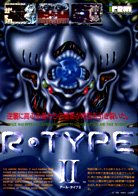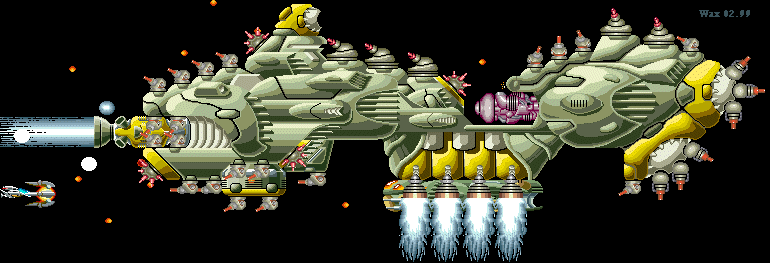|
||||||
 
|
That was 1988. A coin-op sequel arrived a year later in the form of R-Type II (a title that was later translated into the lacklustre SNES title Super R-Type), while the final coin-op in the series, R-Type Leo, appeared a few years later to a decidedly lukwarm reception. Consequently, Irem pulled the plug on its coin-op development, ultimately squeezed out by the growing market for high-end dedicated coin-ops like Daytona USA and Ridge Racer, and the gradual slump in the PCB market. A withdrawal from the console arena followed shortly afterwards, with Irem only returning briefly for the one-off release of R-Type III on the SNES in 1994. Recently, however, Irem returned once more to the console market with the release of R-Types for the Playstation in Japan (and subsequently in the West also), marking a comeback to software publishing as Irem Software Engineering, and providing yet another boost for the PSX in the eyes of the hardcore gamer who the series is targeted at. 'We were inundated with requests from fans of the game, so it seemed like a logical step to convert the games to the Playstation', revealed Irem's Keith Masauda. 'It was a difficult task despite the fact that the PSX hardware is better than the arcade board. We had to recode the games specifically for the machine, rather than running them under emulation (as is the case, for example, with Namco's Museum series) but its been worth it - the games have been translated perfectly.'
As a testament to its enduring appeal, it's extremely difficult to find fault with any aspect of Irem's original design in R-Type. It's one of those rare games that was virtually perfect from the outset, setting standards of excellence that no developer could hope to match. The graphics are sublime and amazingly detailed, even by today's standards, and the sound punchy and atmospheric. But it was the gameplay, packed with so many innovative ideas, that made it such a timeless concept - and one that has little in common with contemporary gaming design sensibilities. The imaganitive power-ups and stock weapons are perhaps R-type's most obvious strength. A perfectly balanced firing system allows either a stream of bullets or - after holding and releasing fire - a powerful blue beam to be unleashed, but not both simultaneously. The detatchable shield (which can be powered up itself several times) is the game's crowning glory, though, with many of its subtler features only becoming obvious after considerable play. This can be attached to either front or back of the R-9 ship - certain sections requiring the player to switch it around quickly - and can also be fired off as an independent satellite with its own firepower. It was an ingenious creation. Unlike a seemingly random old-skool blaster like Asteroids or Defender, R-Type's appeal was always firmly lodged in its pre-determined paths of enemy attacks. While this might appear contrived, it was a design that enabled players to get to grips with an immensely challenging game. 'R-Type isn't so much a shoot 'em up as a memory test,' conceds self-confessed addict Fred Williams, lead programmer at Corrosive Software. 'But somehow it never got too samey. There are three heavy-alien-onslaught levels, three long corridor levels, and two odd ones, the alien mothership and the maze - and you have to memorize, really really well, two safe routes through all eight. One for when you are fully powered up, and another much harder one for when you lose all your weapons. As a result, R-Type was one of only two arcade machines I've put considerably more than a couple of quid into...' Julian
Eggebrecht head of Factor 5, the team First
published in Edge Magazine April 1998. R-Types for the
Playstation is currently available, containing excellent
conversions of R-Type and R-type II. The latest in the
series, R-Type
Delta
for the Playstation, has just been released in Europe and
should be coming to North America any time around now.
|
|||
 |
||||